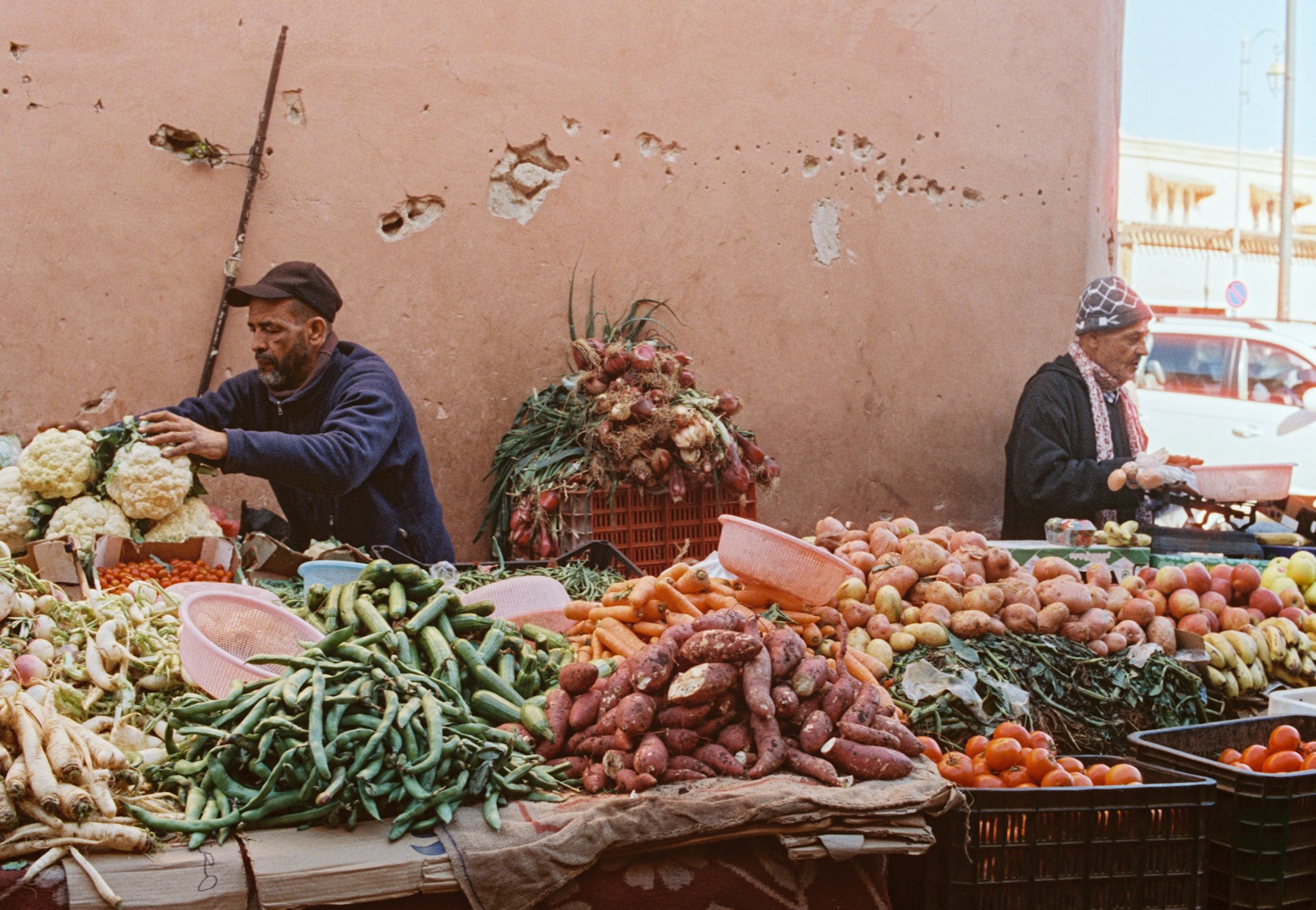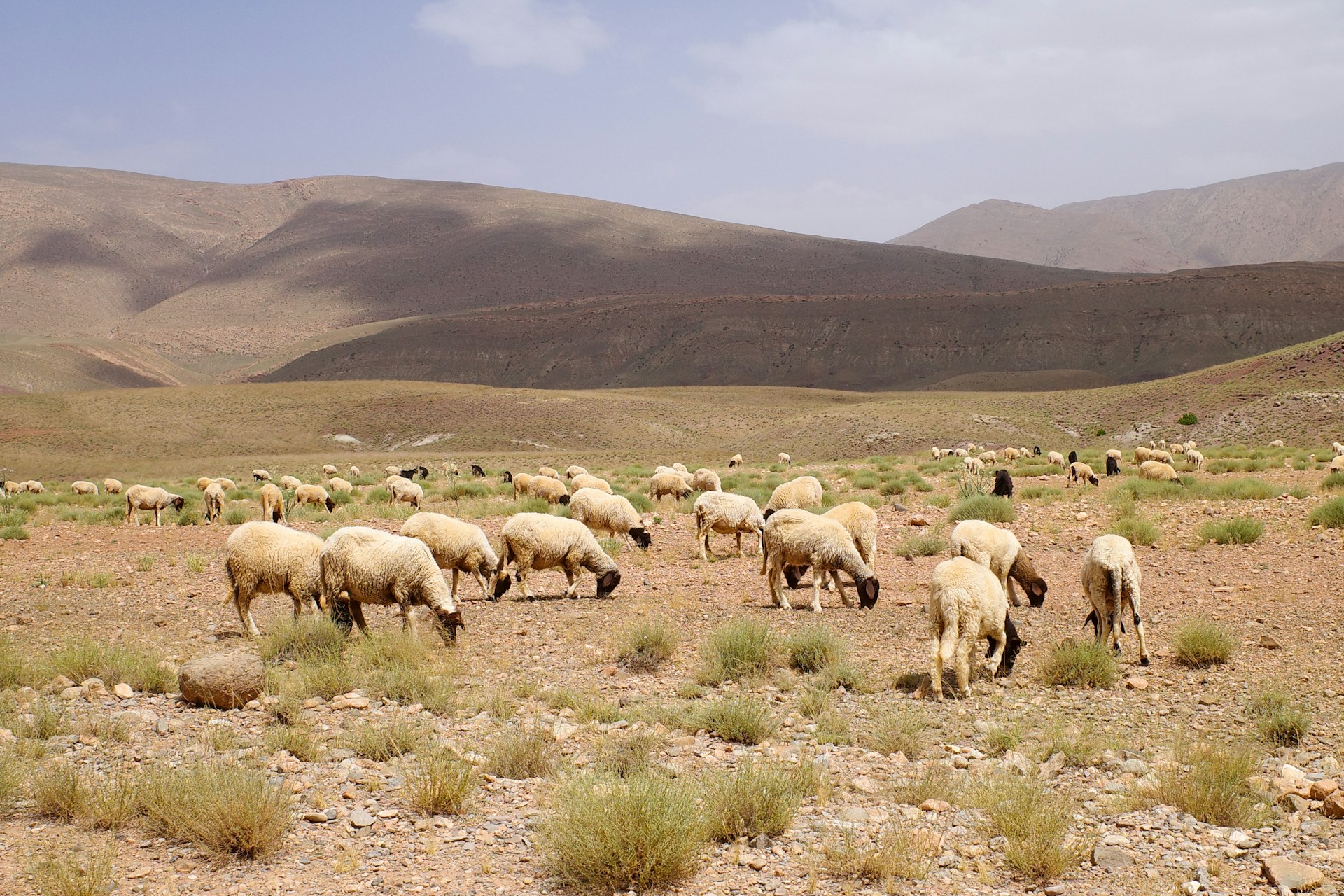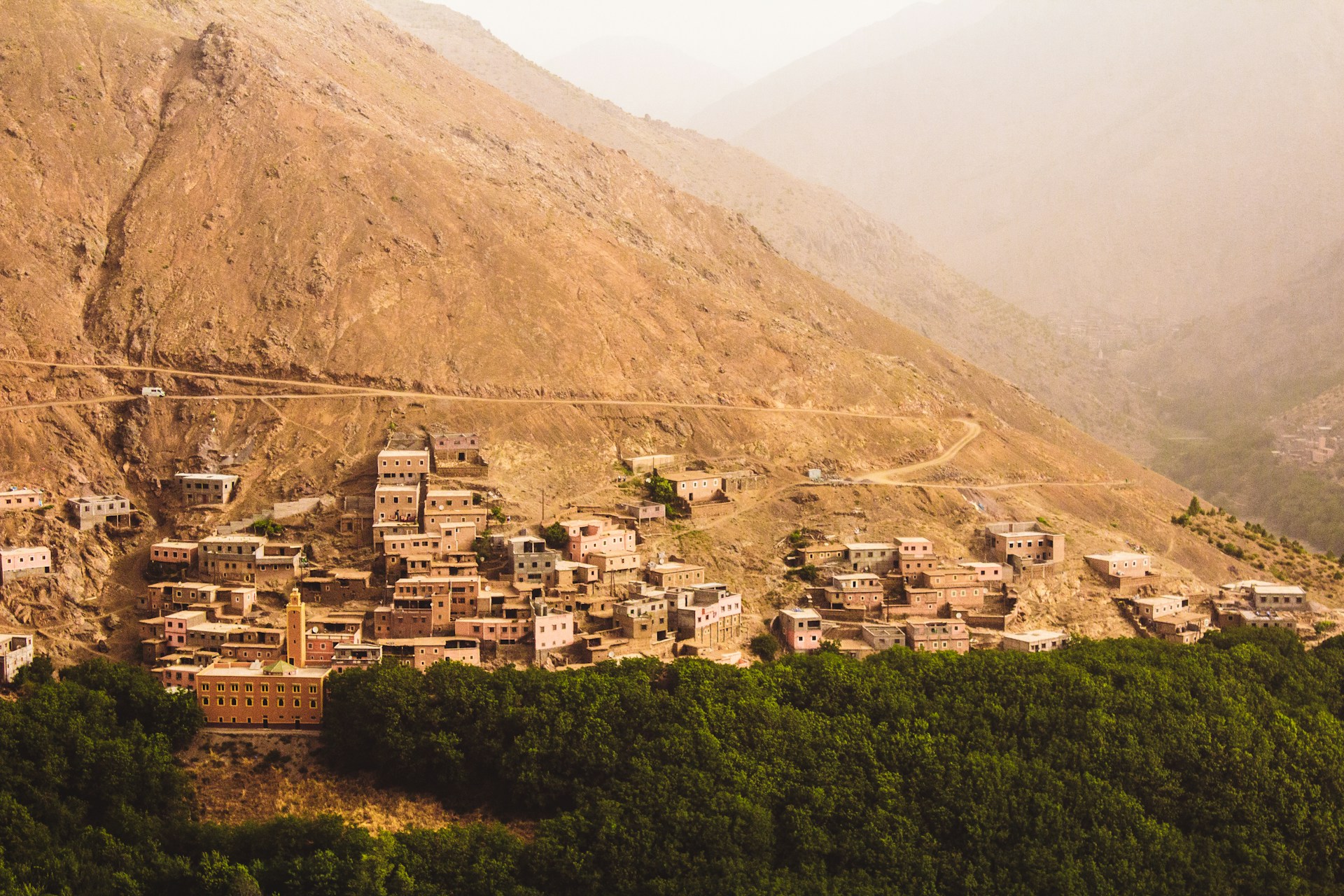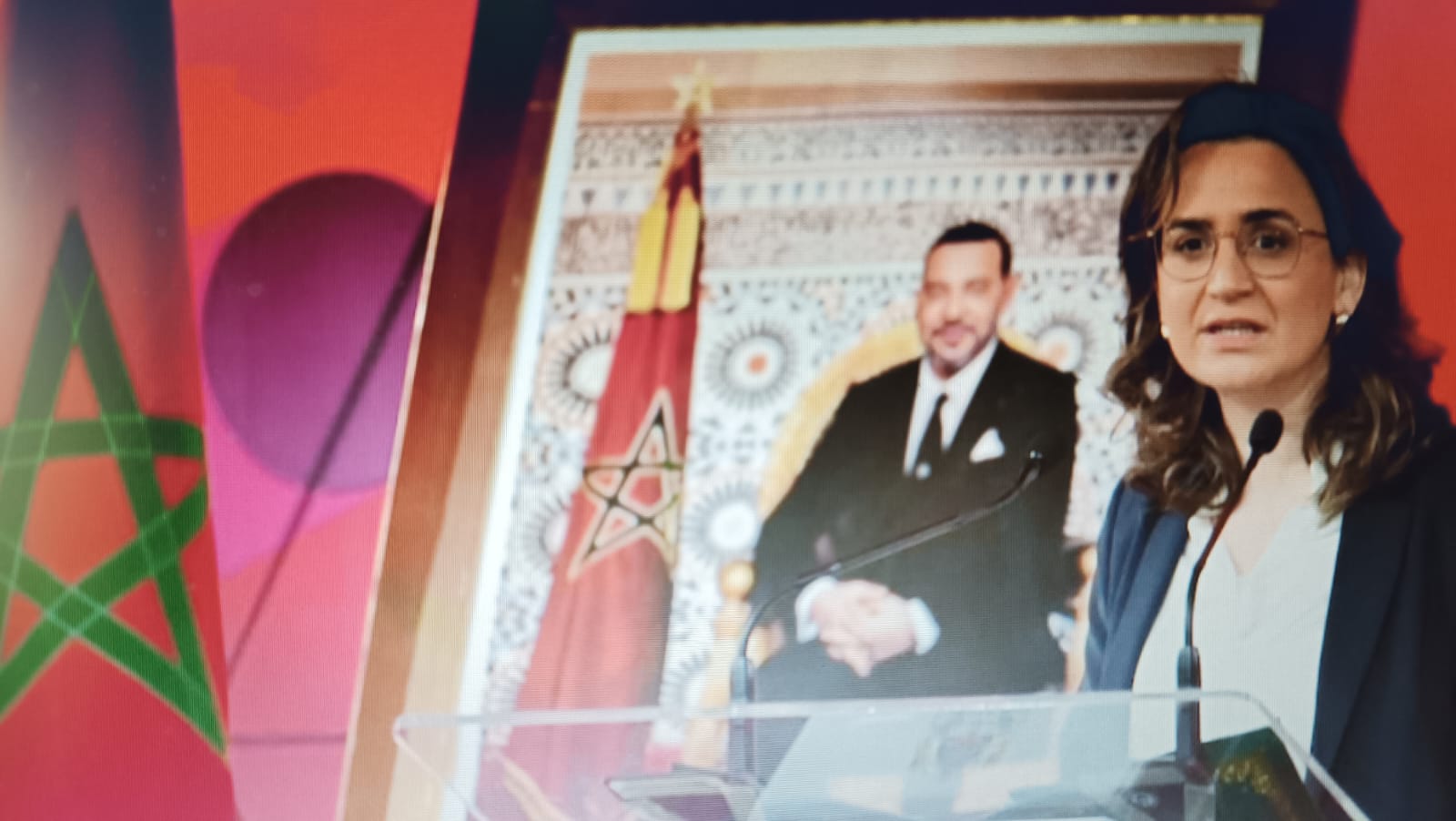Casablanca – The Moroccan government will roll out a major financial aid program for livestock breeders, allocating $1.32 billion to support farmers and herders across the country. The initiative, announced by Minister of Agriculture, Fisheries, Rural Development, Water and Forests Ahmed El Bouari, aims to strengthen the livestock sector while providing direct relief to small-scale breeders, who represent over 90% of the intended beneficiaries.
Launch and implementation
The direct financial support is scheduled to begin in early November 2025, coinciding with the completion of the national livestock tagging campaign. The program builds on data from the national livestock census, conducted between June 26 and August 11, 2025, which covered all regions of Morocco.
The government stresses that the program is designed for transparent and fair distribution of aid, using modern banking mechanisms to transfer funds directly to breeders’ accounts. The initiative is implemented in coordination with the Ministries of Economy and Finance, Interior, and Agriculture, as well as the National Pension and Insurance Fund under the CDG Group, which will oversee the secure and accountable distribution of funds.
Budget and scope
With a total allocation of $1.32 billion, this program represents an unprecedented investment in the livestock sector. It is primarily intended for small-scale herders, who often face financial constraints in maintaining and expanding their herds. The support aims not only to sustain existing livestock but also to modernize subsidy mechanisms, allowing breeders to manage their herds more effectively.
Components of the program
The program includes two main types of support:
- Direct subsidies for animal feed
- A special grant to preserve female sheep and goats for breeding
For the feed subsidy, amounts will be distributed on a sliding scale based on the number of tagged animals:
- Sheep: $7.7–$15.5 per head
- Goats: $5.1–$10.3 per head
- Cows and camels: $15.5–$41.2 per head
This new system replaces the previous feed subsidy method, giving breeders greater flexibility to purchase feed that suits the specific needs of their herds.
The female preservation grant is aimed at maintaining and rebuilding the national herd. It provides $41.2 for each female sheep and $30.9 for each female goat identified and tagged during the census. This ensures accurate targeting and transparency.
Payment schedule
The aid will be disbursed in two installments:
- First installment: Beginning November 2025, covering the full feed subsidy and an advance of $10.3 per female animal under the breeding preservation grant. This phase will include all eligible breeders as tagging reaches completion, currently over 50% and expected to conclude in three weeks.
- Second installment: Beginning April 1, 2026, providing $30.9 per female sheep and $20.6 per female goat, after verification that the animals remain in the herd.
Monitoring and support
To ensure effective implementation, the ministry has established a dedicated call center for direct communication with breeders nationwide. The center provides guidance, answers inquiries, and resolves issues related to the subsidy process. Local offices collect complaints and forward them to regional committees led by governors for resolution.
Minister El Bouari emphasized that the program is designed to maximize fairness, transparency, and efficiency, ensuring that financial support reaches the breeders most in need.
Program goals and impact
The program focuses on small-scale breeders, aiming to enhance their financial resilience, operational capacity, and herd productivity. By linking subsidies to tagging and identification, the initiative ensures support is accurately allocated, while providing breeders with the flexibility to make decisions best suited to their livestock.
With this historic allocation, Morocco seeks to modernize livestock support mechanisms, protect breeding animals, and provide a transparent, accountable system for agricultural subsidies. The program also aims to foster long-term sustainability in the livestock sector, improve herders’ livelihoods, and set a precedent for future agricultural support programs.
















